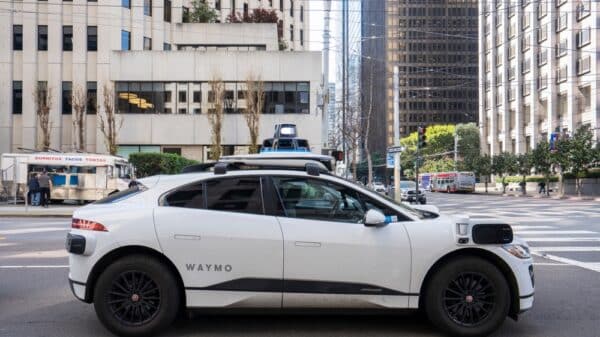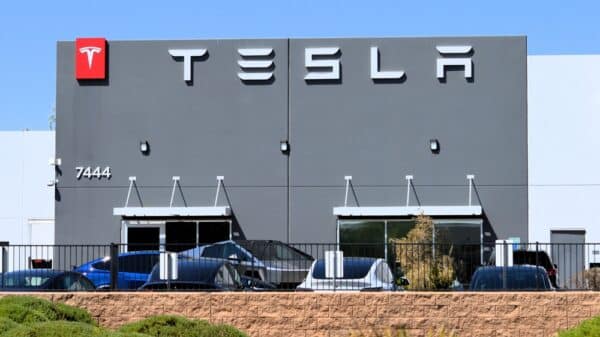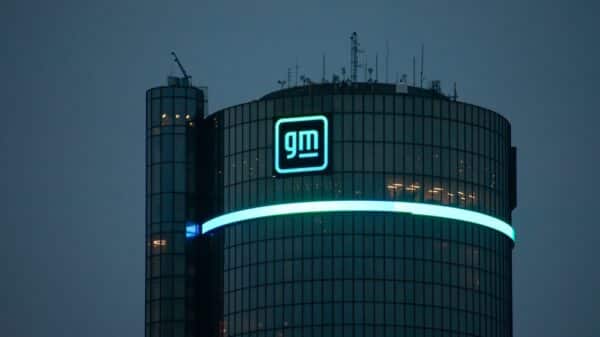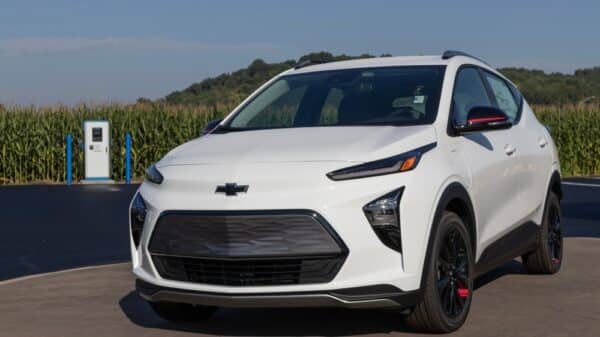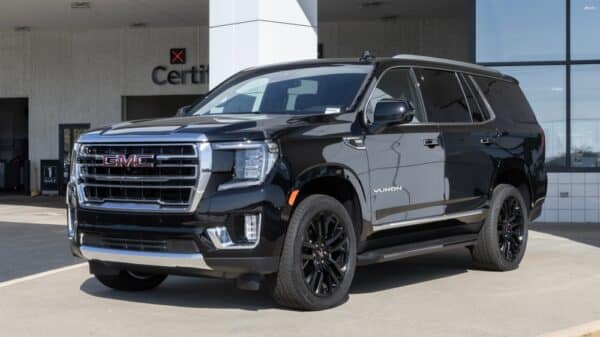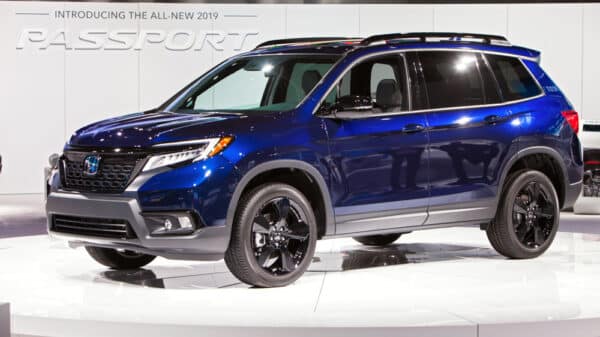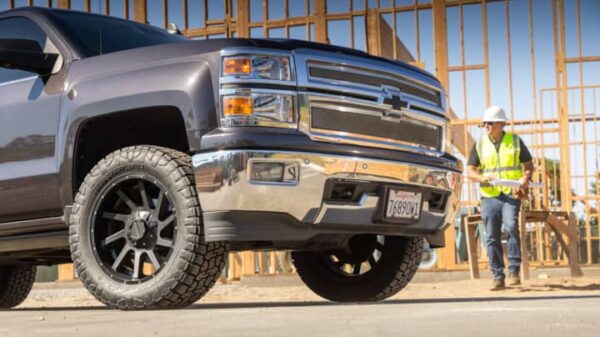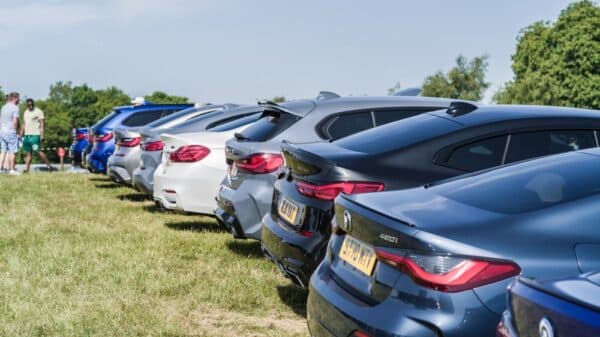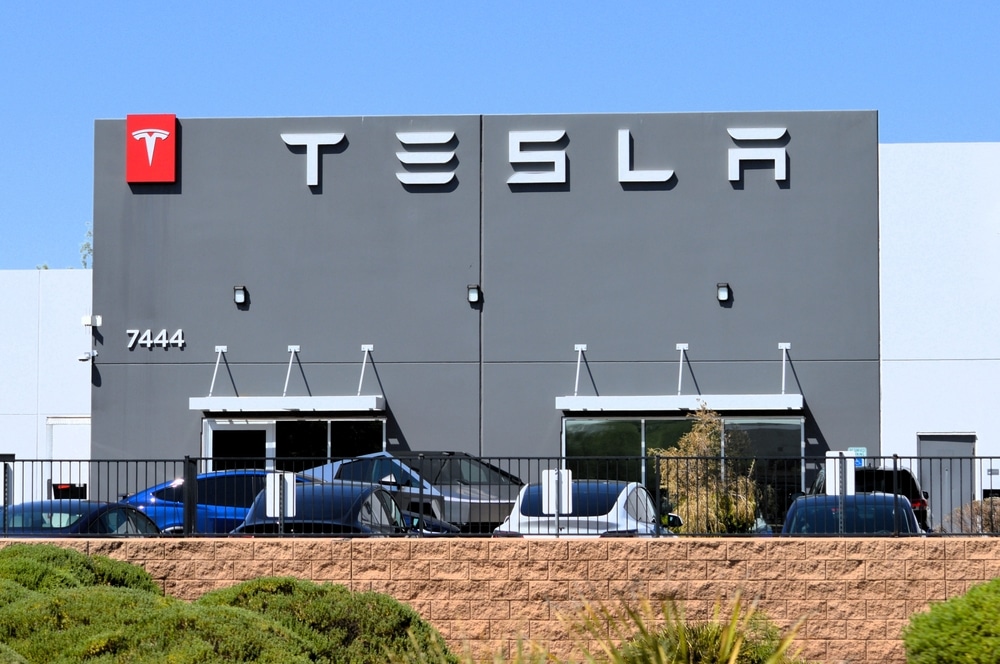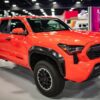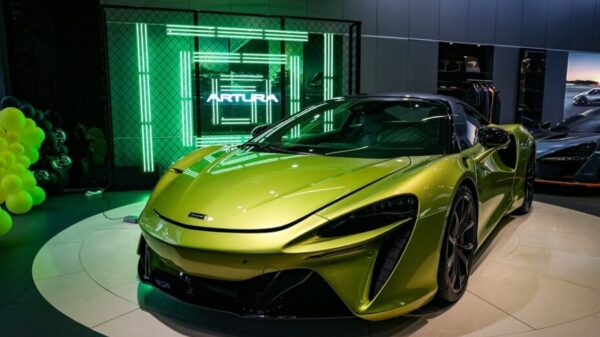Tesla recently reported delivering 336,681 vehicles globally in the first quarter of 2025. While on the surface, that number is impressive, it actually marks the company’s lowest quarterly delivery total in more than two years. This disappointing figure comes at a time when Tesla is grappling with significant pushback due to CEO Elon Musk’s controversial engagement with government affairs, creating a perfect storm of complications.
To put things in a broader perspective, the first quarter delivery numbers fell 13% compared to the same time last year, echoing the concerning trend we began to see last year when demands for Tesla vehicles started to dwindle. It’s worth noting that this isn’t just a sudden drop; after a decade of skyrocketing sales growth, Tesla delivered slightly fewer cars in 2024 than it did in 2023. That’s a striking change, signaling the first annual drop in deliveries that the company has faced in over ten years—a milestone that isn’t easy to brush off.
The troubling Q1 report didn’t exactly catch industry experts off guard. Various sales reports and market analyses around the globe during the early months of 2025 have painted a grim picture of slumping demand, even amid the overall rise in electric vehicle sales worldwide. Take Germany, for instance, where Tesla sold a staggering 76% fewer cars in February alone compared to the same month in the previous year. This isn’t just a number; it underscores the challenges Tesla faces in one of Europe’s largest auto markets.
Tesla is experiencing a cascade of issues that are entwined with its operations. The only brand-new model introduced in recent years—the Cybertruck—is a niche and relatively costly vehicle that hasn’t captured the market as anticipated. In fact, sales of the Cybertruck were cut in half from its best month last September to February, based on data from Cox Automotive, which highlights the struggle to stimulate interest in this high-profile launch. While the Model 3 sedan did receive some refreshing updates last year, those enhancements haven’t been enough to noticeably boost sales figures.
Then there’s the Model Y, which has consistently been Tesla’s best-selling vehicle. Although it recently went through a redesign, its performance in the last quarter slumped, possibly due to customers delaying purchases in anticipation of this new version. While anticipation builds for a more affordable model promised for later this year, its lack of existence is a gap that many potential buyers—especially those looking for budget-friendly electric alternatives—are keenly aware of.
Yet, the challenges Tesla faces go beyond standard business hurdles. What heavily clouds the brand’s reputation is Elon Musk himself. Research suggests that his connections with the Trump administration and his controversial fiscal policies—often likened to a slash-and-burn approach—have deterred potential buyers. This has fueled protests at Tesla dealerships across the globe for weeks, leading to a notable drop in the company’s stock value this year, which compounds the issues facing the manufacturer.
The upcoming quarters will be pivotal in determining whether the current struggles are merely a phase in Tesla’s narrative or if they signal a more turbulent era ahead. One thing is clear: 2025 is shaping up to be anything but smooth for Tesla. Buckle up, because this ride is just beginning, and the road ahead may be rockier than many hoped.
As this story develops, it’ll be crucial to stay tuned for updates with ready ears, because the automotive scene is changing—and Tesla’s journey is a compelling case study of innovation, ambition, and the pitfalls of public relations.
Image Source: Around the World Photos / Shutterstock




